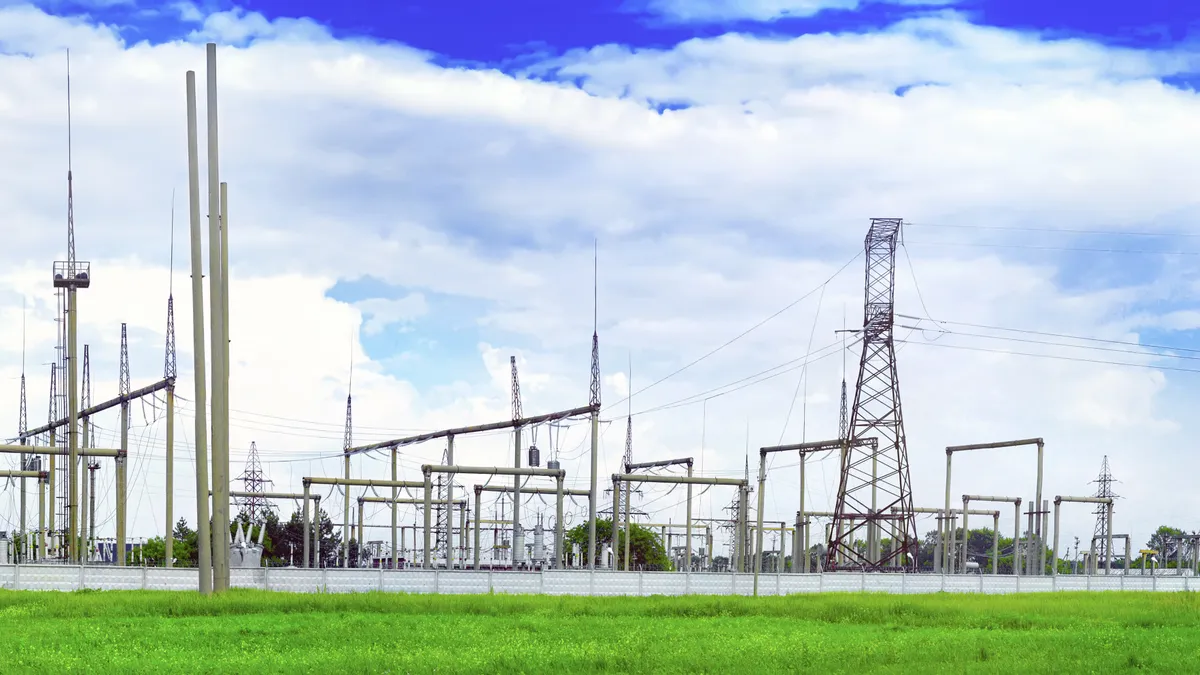Dive Brief:
- Retail electricity sales in the United States fell by 80 billion kWh last year, according to the U.S. Energy Information Administration, the largest decline since 2009 during the economic recession.
- According to the federal agency, the 2% decline in sales reflected all sectors and was "largely attributable to milder weather."
- Energy sales in 2017 were roughly the same as a decade before. While EIA said energy efficiency did play a role, it stressed most of the decline last year came from weather-related factors.
Dive Insight:
Utilities have struggled with stagnant load for years, but EIA says last year's drop in retail sales was due to mild weather. Sales in 2017 were 3,682 billion kWh, which the agency notes is "nearly identical to the levels seen more than a decade before, in 2006."
Cooling degree days were 9% lower in 2017 compared with 2016 levels, reducing the need for air conditioning load.
"Although factors such as electricity prices, energy efficiency, and macroeconomic cycles play a role in the use of electricity in each sector, most of the year-over-year changes in sales in 2017 were attributable to changes in weather," EIA stressed.
The residential sector buys the most electricity from the grid, accounting for slightly more than 37% of the 2017 total. Commercial sector electricity retail sales made up slightly less than 37% of the total in 2017, and the industrial sector made up about 26%.
Utilities looking for demand growth are focused on the potential of electric vehicles. Just in California, new research suggests charging could add 1 GW of peak demand to the grid.















